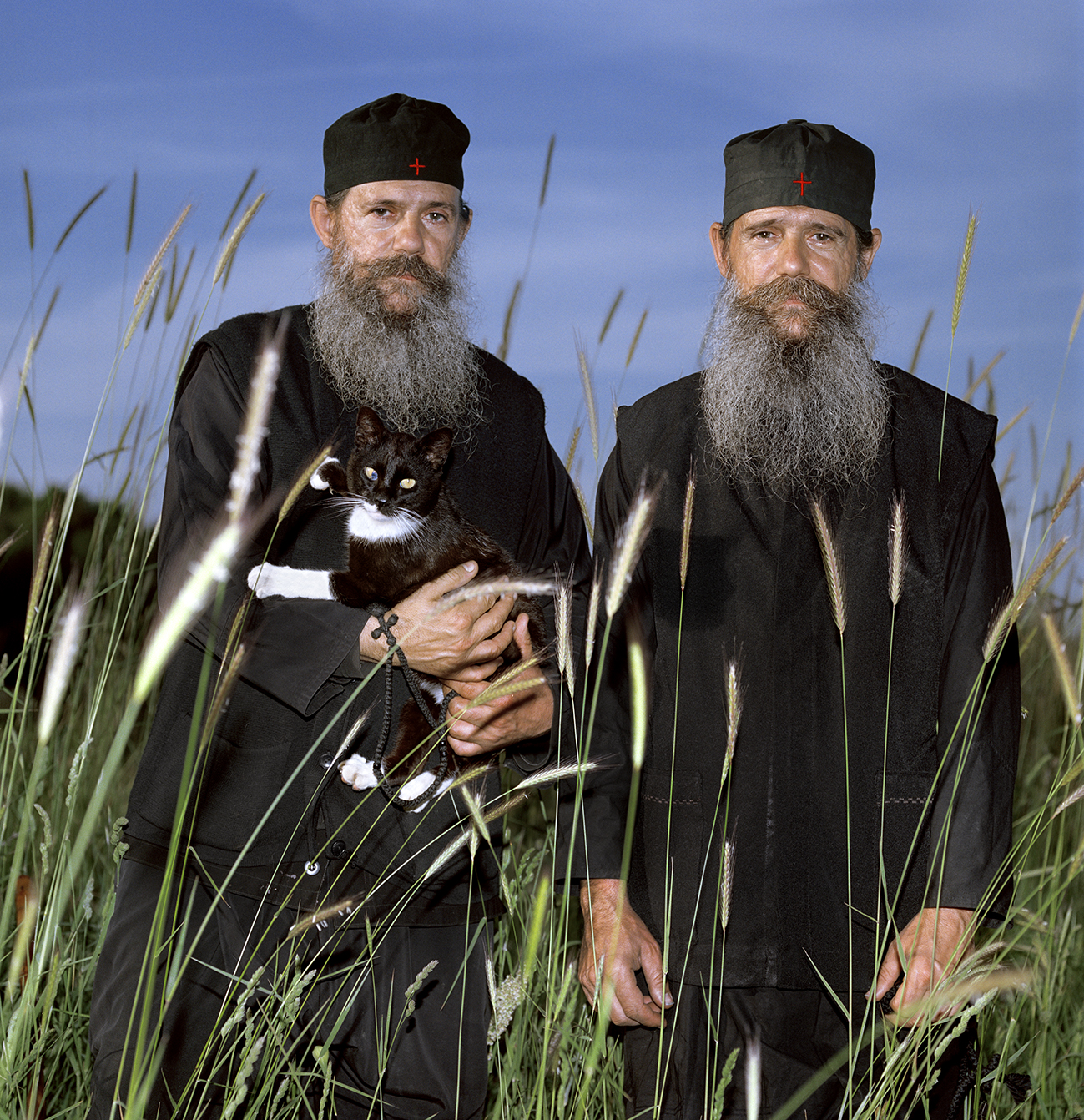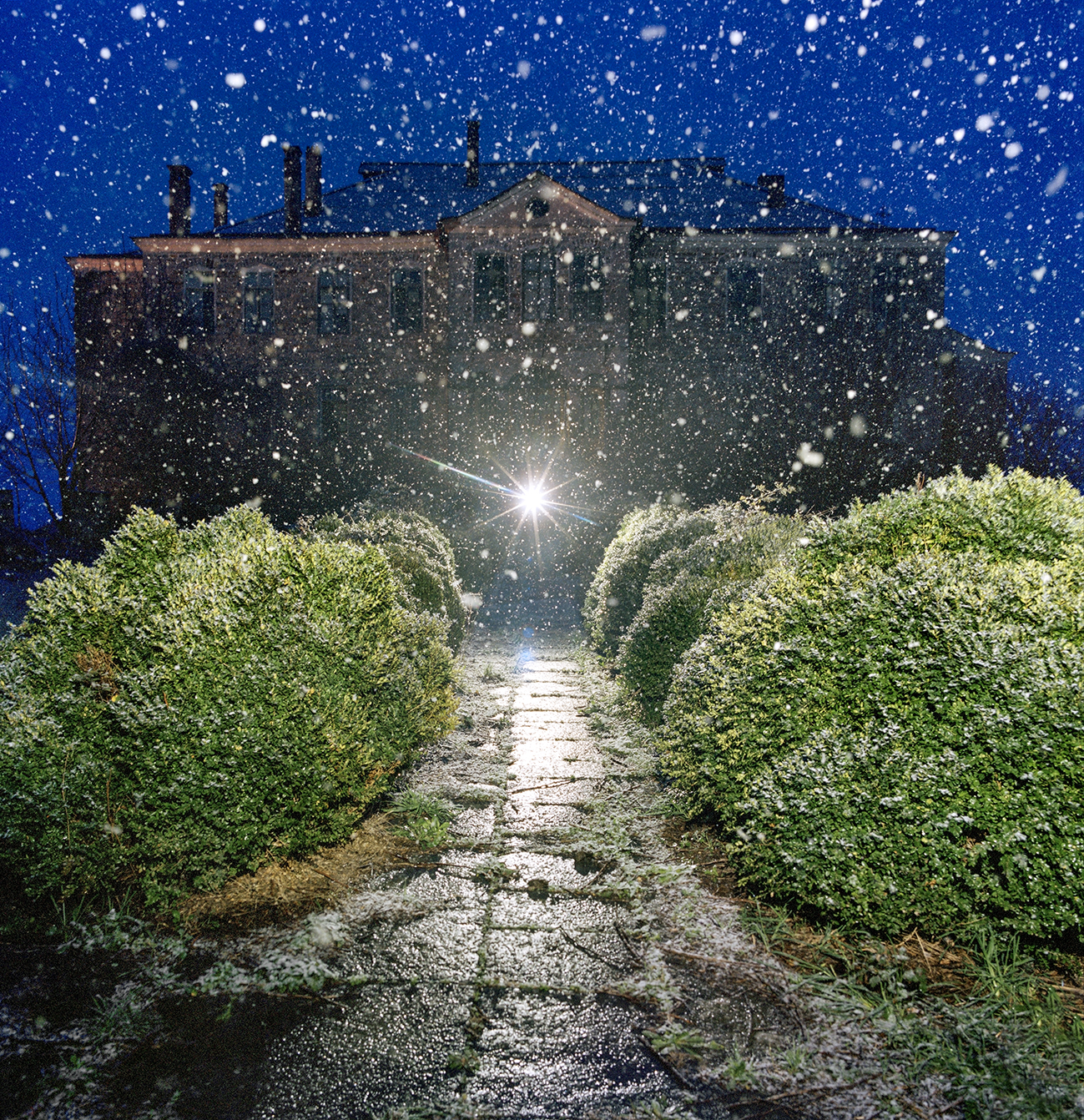Seconded By: Sylvia Laudien-Meo,
ATHOS / THE COLOURS OF FAITH
Mt. Athos is a self-governed Greek Monastic State and it constitutes the center of Orthodox Monasticism.
The State of Mt. Athos is the unique place in the world where people are not born. For more than 1.000 years, males arrive there, change names and live practicing isolation, prayer, and obedience. Obedience defines the solid hierarchical relations of the Elder and the Subordinate monks, who strictly follow the instructions and rules set by their ‘spiritual fathers’.
The Athonic State has seen a lot in its thousand-year history. The summit of Byzantium, benefactor emperors, princes and rulers, pirates and smugglers of antiquities, Latin crusaders, Ottoman conquerors, the accession into the Greek Constitution, technological comforts, and European funding.
I have been visiting Mt. Athos on a regular basis for a few years, trying to grasp and capture what is changing in the shades of faith, in that farrago of buildings, pictures, relics, manuscripts, absurd details of little secrets and major revelations. Especially the uniquely enclosed male societies hosted there both temporarily and perpetually, all those promiscuous gods, mortals and demons I attempt to approach and understand in excessive interest and curiosity.
Mt. Athos is difficult to be photographed, not so much because it resists the secular character of the photograph itself, but rather because it needs time to be revealed, hidden behind picturesque semiotics, folklore tenderness and miraculous accounts. It is a setting of silence and mystery, which balances between past and present, tradition and freedom, might and feebleness, darkness and light.

Esphigmenou Monastery
On Mount Athos, there are 20 large monasteries and hundreds of cells and hermitages. The Monastery of Esphigmenou was built in the 10th century and is the only one washed by the sea.

Elder Nektarios and novice Georgios
There are 3,500 monks on Athos peninsula. To receive the anointing, one must pass the novice trial, a process that lasts from one to five years. In the photo, Elder Nektarios and novice Georgios.

Greenhouse at the top of Athos
The ascetic monks live in isolation and must be self-sufficient regarding their food. They cultivate the land, fish, and make their own wine and bread. A small greenhouse at the top of Athos.

The refectory on a feastday
The refectory in each cenobium serves as an important connecting link within a monastery. It is not simply to fulfill the need for food but exists as a natural continuation of spiritual life.

Elder and disciple
Elder and disciple. They arrived together on Athos from the island of Samos when they were 18 years old. They practiced the ministry of tailoring and lived together in the cell Karamalides until the end of their lives.

A monk and a parrot
The Avaton is a 1,000-year-old tradition that prohibits the presence of any woman on Mount Athos. This creates reactions from many organizations in the EU. The only females you will find are animals and birds.

Agathon and Paisios
Agathon and Paisios are twins from Volos. They lived in different monasteries, and for years I tried to photograph them together. This happened when they met their father, who visited them for the first time after thirty years.

Warm hospitality
Warm hospitality is part of the culture and tradition of monasticism. I stayed in many cells and monasteries. Here is one of the humble rooms that hosted me in the Karyes area.



